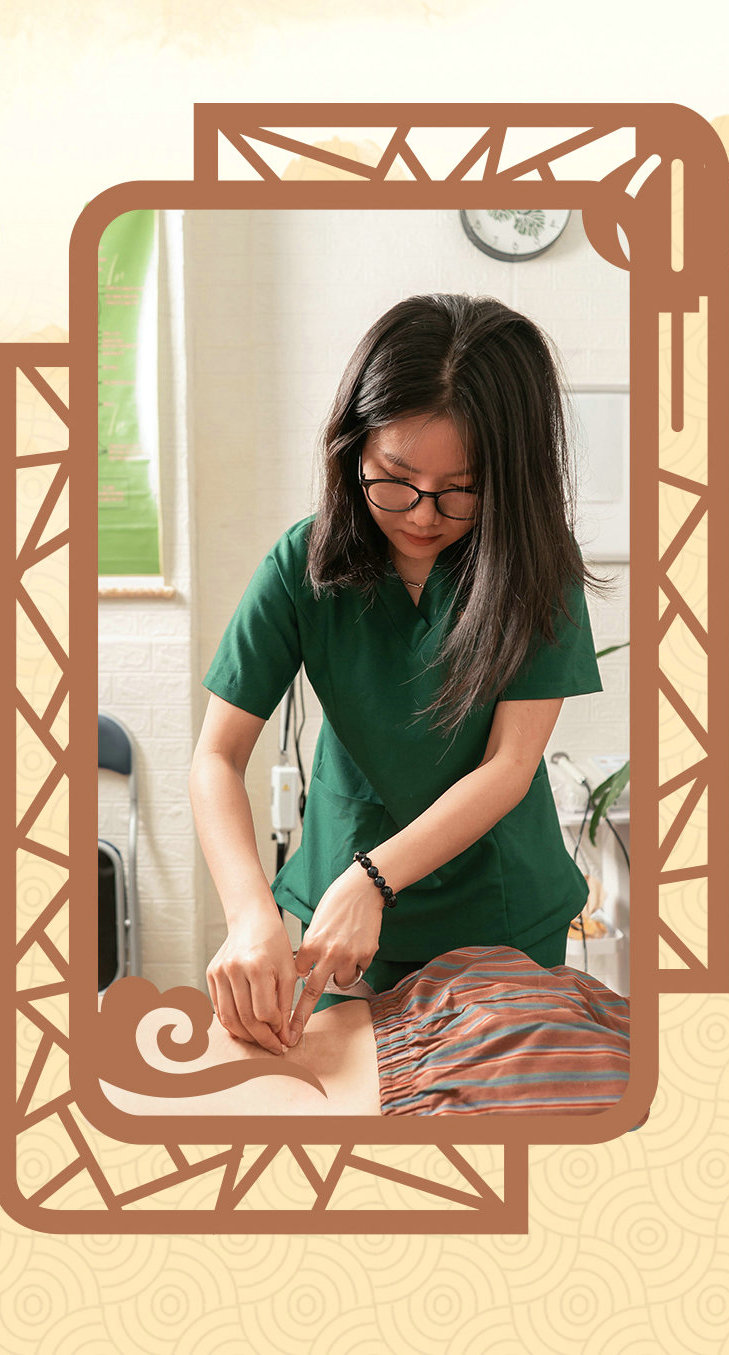
Traditional Chinese medicine gains global popularity, influencing health trends, and becoming a lifestyle choice for many.

Phan Thi Kim Chi's connection with Traditional Chinese Medicine began at an early age. Growing up in a small village in Hanoi, Vietnam, it was inconvenient for Phan to travel to hospitals in neighboring cities. Whenever she caught a cold or experienced a headache as a child, her family would seek the help of a local TCM practitioner, whose prescriptions often included many herbs that could be found in the nearby woods of the village.
"For me and the villagers, TCM is a convenient and effective choice," said the 27-year-old. "I thought maybe one day I could use it to help people, too."
This led her to major in TCM at a traditional medical school in Vietnam and later pursue further studies in acupuncture and tuina (Chinese therapeutic massage) at Changchun University of Chinese Medicine in Northeast China's Jilin province as a master's student.
According to Phan, even though TCM has long been commonly practiced and accepted in Vietnam as it shares similarities with Vietnam's own traditional medicine, finding a good doctor or school to learn TCM in Vietnam is not easy. This is why she aims to bring the knowledge she has gained in China back to her own country. "I plan to become a TCM doctor and teacher after graduation," Phan said.
Overseas students of TCM, like Phan, are not rare. According to a report co-published in April 2023 by Guangzhou University of Chinese Medicine and Social Sciences Academic Press (China), the total number of international students studying TCM in China was 8,187 in 2020, with the largest population of 6,441 coming from Asian countries, followed by 832 from Africa and 432 from Europe.